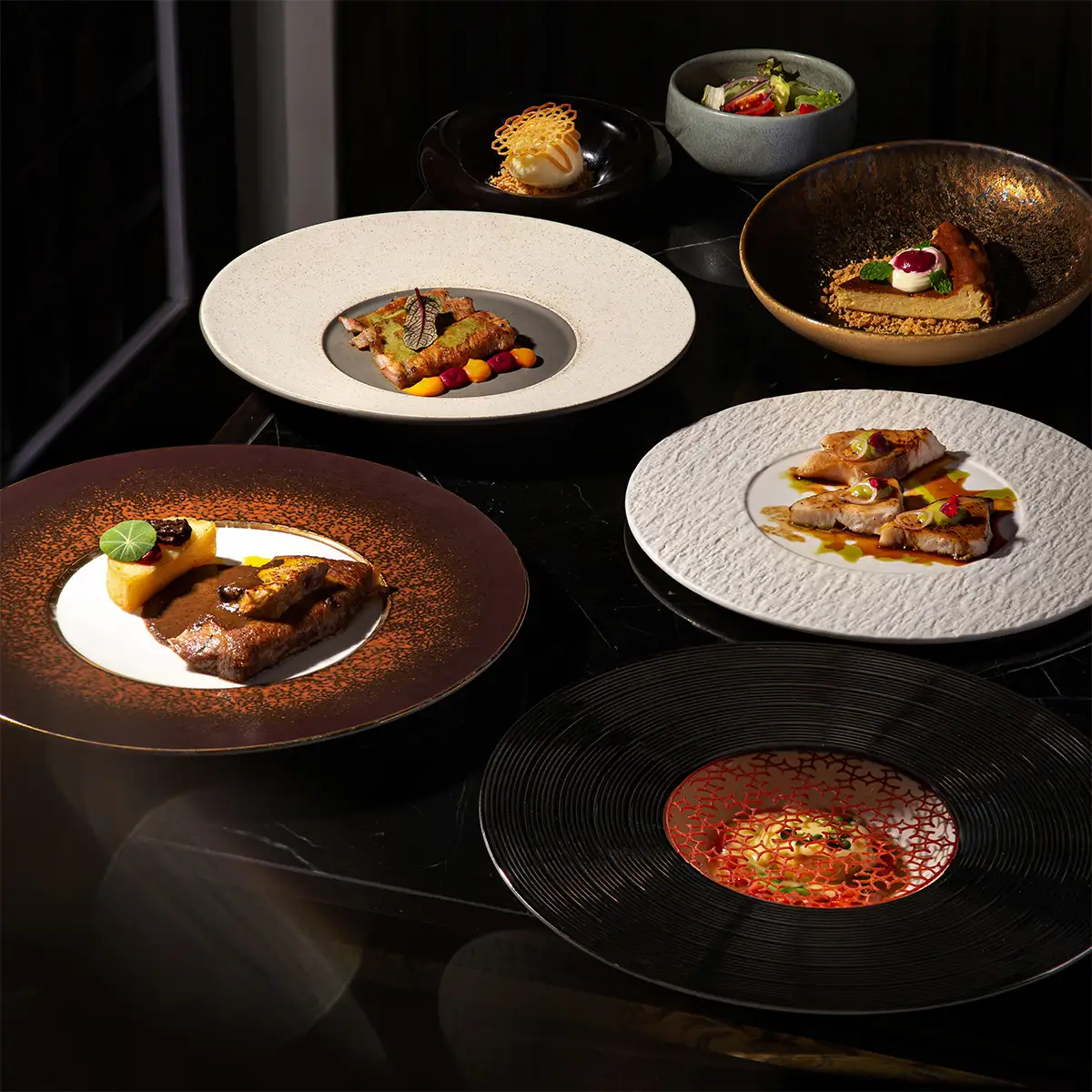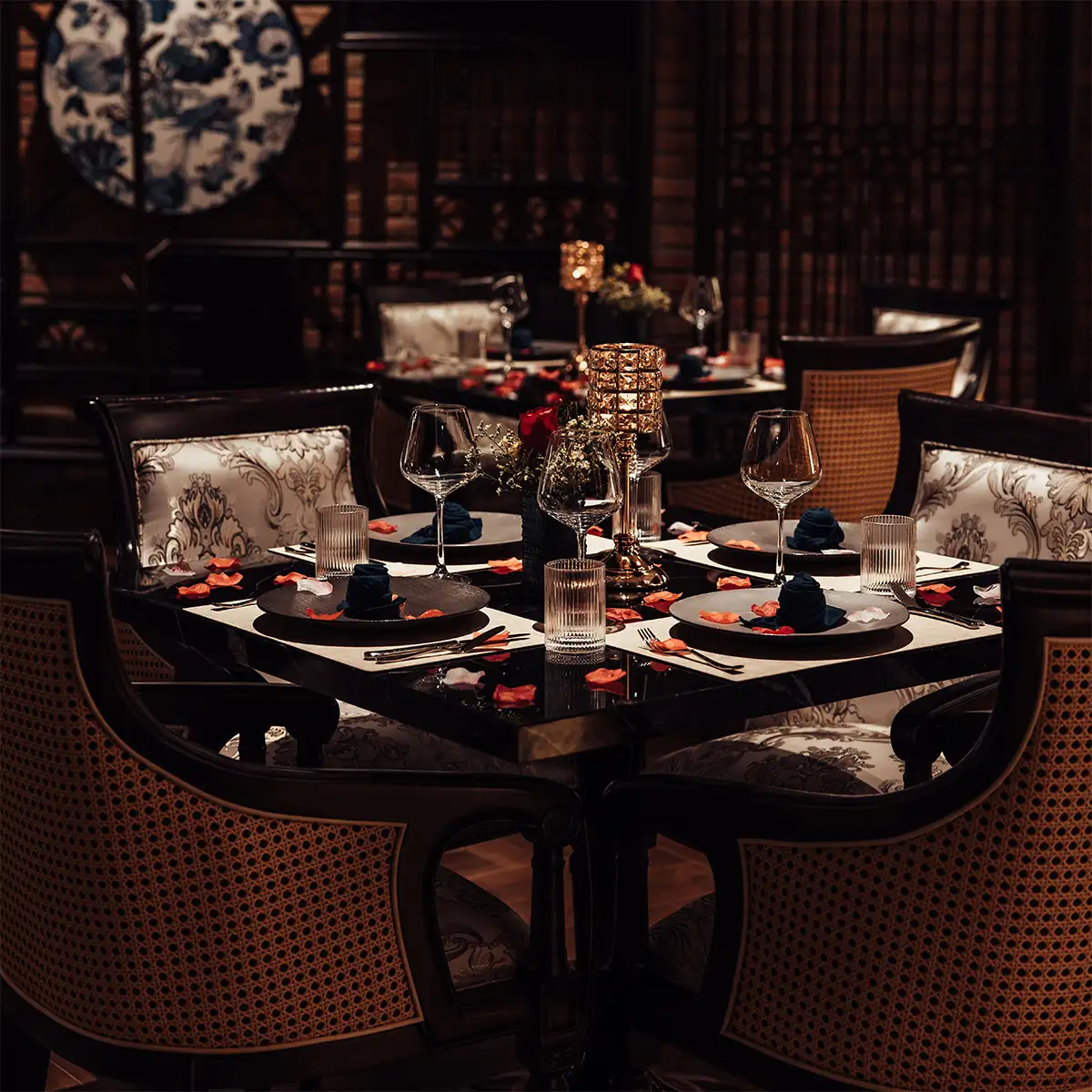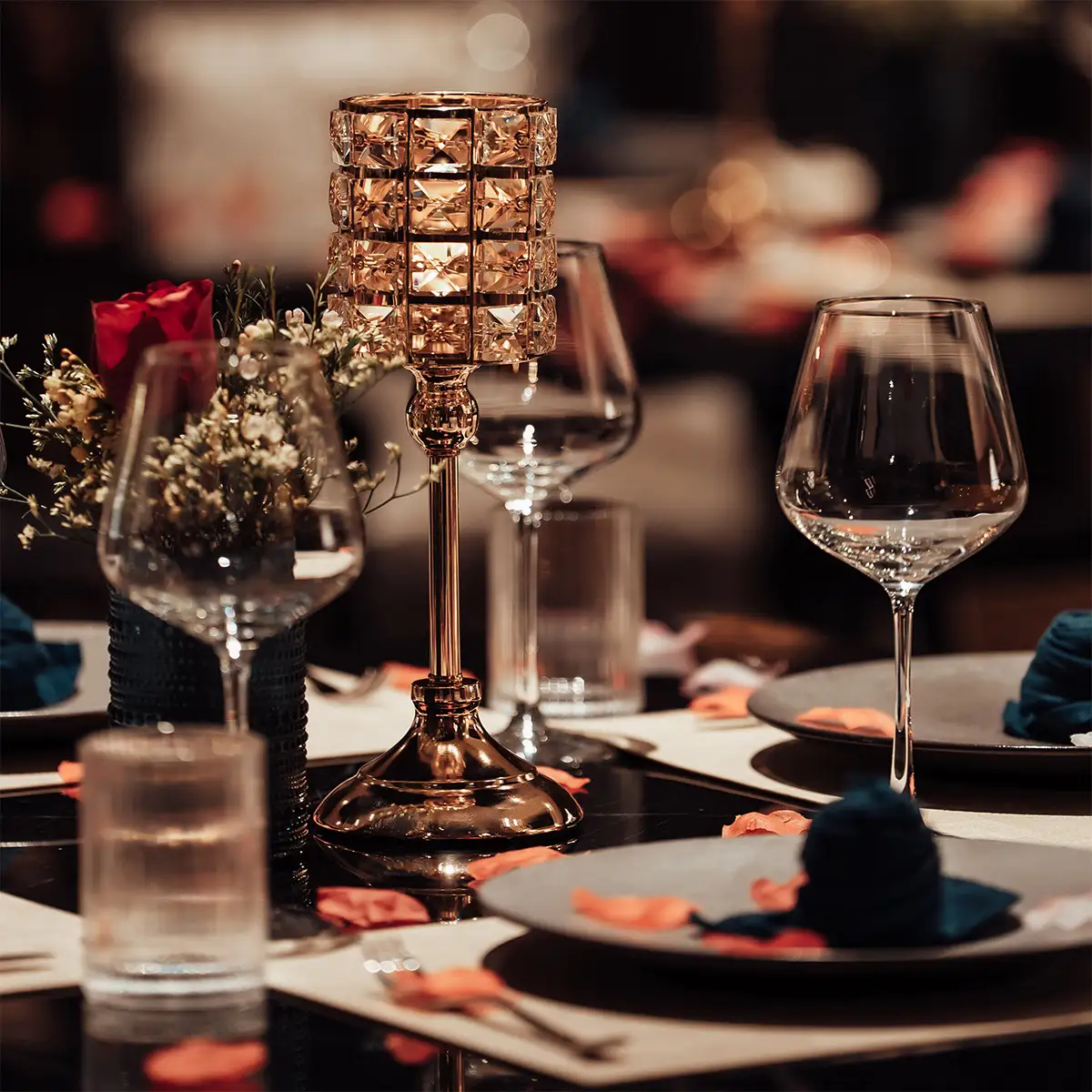The world of gastronomy presents a rich and varied landscape, offering experiences that range from the exquisitely formal to the comfortably familiar. For discerning patrons, understanding the nuances of different restaurant environments is key to selecting the perfect setting for any occasion. At the forefront of this spectrum are two primary categories: fine dining and casual dining. This article, presented by Moca Dining, will provide a comprehensive comparison, illuminating the core difference between fine dining and casual dining and highlighting the defining characteristics that set them apart.
1. Understanding fine dining: The art of the elevated experience
Definition and core characteristics
Fine dining is far more than a meal; it is an elevated culinary experience orchestrated to engage all the senses. It is defined by its commitment to sophistication, exclusivity, and meticulous attention to detail in every facet of the guest's journey. This is a world where culinary artistry, impeccable service, and a transcendent atmosphere converge to create unforgettable moments.
Key elements of fine dining
- Ambiance and Decor: The experience begins with the environment. Fine dining establishments invest heavily in creating luxurious settings. This often includes classic elements such as crisp white tablecloths, polished silver cutlery, sparkling crystal glassware, and fresh floral arrangements. The decor is intentional, featuring elegant furnishings, curated art, and sophisticated lighting designed to create a mood of intimacy and grandeur. Architectural styles might range from neoclassical to modern opulence, but the goal is always to transport the guest.
- Service style and etiquette: Service in a fine dining setting is an art form. The staff is highly trained, attentive, and discreet, operating under formal service protocols. A key concept here is "invisible service," where a guest's needs are anticipated and met seamlessly, often before they are even consciously aware of them. Water glasses are refilled silently, and plates are cleared with practiced precision. Techniques such as table-side preparation (e.g., flambéing a dessert) or de-boning a fish before the guest add a theatrical and personalized touch, demonstrating a profound level of skill and care.
- Menu structure and culinary approach: The menu is the heart of the fine dining experience. It typically features multi-course meals, often presented as a prix-fixe or a tasting menu that showcases the chef's philosophy and creativity. Dishes are innovative, complex, and built around premium and rare ingredients sourced with exceptional care. Culinary techniques are often advanced, drawing from classical French techniques or embracing modern approaches like molecular gastronomy—where science and cooking intersect to create surprising textures and flavors, such as foams, gels, and spherification.
- Pricing and value proposition: The higher price point of a fine dining meal is a direct reflection of the immense value provided. It accounts for the highest quality ingredients, the skill and artistry of the culinary team, the flawless service, and the exceptional ambiance. The proposition is not merely food, but a complete, curated, and memorable experience.
- Dress code and clientele: To maintain the sophisticated atmosphere, a formal or smart-casual dress code is often expected. Guests at these establishments are typically celebrating a special occasion dining event—such as an anniversary or a milestone birthday—or are culinary enthusiasts seeking a unique and exclusive gastronomic journey.
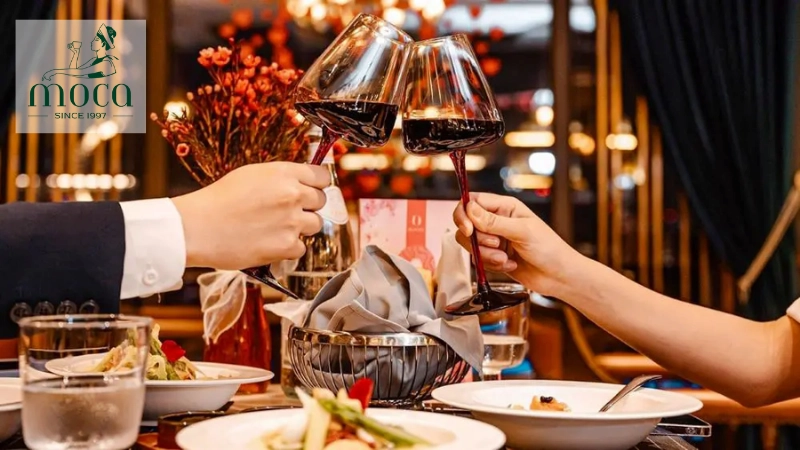
Fine dining: a harmonious blend of art, flavor, and elegance where every detail is part of the performance.
2. Understanding casual dining: Comfort, convenience, and connection
Definition and core characteristics
Casual dining represents a more relaxed dining and accessible dining segment of the restaurant industry. It prioritizes comfort, convenience, and a welcoming atmosphere that appeals to a broad audience. This is the realm of everyday dining, where the focus is on quality food and friendly service in an unstuffy environment.
Key elements of casual dining
- Ambiance and decor: The decor in a casual dining restaurant is designed to be comfortable and inviting. Settings are often laid-back and may be built around a specific theme. For example, one might find the warmth of a rustic design with exposed brick and reclaimed wood, the clean lines of a modern minimalist space, or the nostalgic charm of a retro diner-style interior. The atmosphere is lively and social.
- Service style and etiquette: Service is characterized by its friendly, efficient, and informal nature. While still professional, the interaction is more direct and conversational. The operational focus is often on a quick table turnover to accommodate more guests, ensuring a smooth and convenient experience without the ceremony of fine dining.
- Menu structure and culinary approach: Menus in casual dining are diverse, often featuring familiar and beloved dishes. This is the heartland of comfort food. The culinary approach emphasizes satisfying flavors, consistent quality, and often larger portions, providing excellent value for money. You will commonly find popular staples such as gourmet burgers, artisanal pizzas, classic pastas, and fresh salads.
- Pricing and value proposition: With moderate and affordable price points, casual dining focuses on accessibility. The value proposition is centered on providing a consistently good meal in a pleasant environment, making it a go-to option for regular meals out.
- Dress code and clientele: There is typically no dress code, reflecting the relaxed nature of the experience. The clientele is broad, including families enjoying a meal together (family-friendly dining), colleagues on a lunch break, or friends seeking a convenient and social spot to gather.
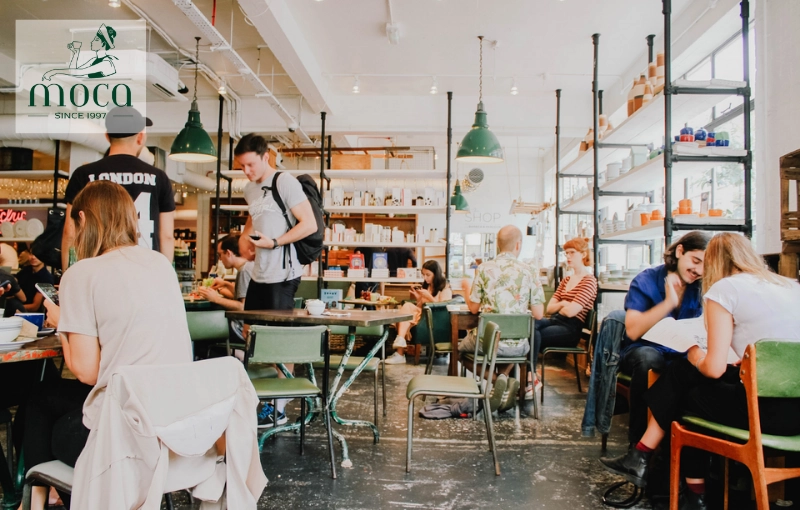
Casual dining — where comfort food, easy conversation, and welcoming spaces bring people together.
Learn more: Decoding Fine Dining Costs: Factors, Value & a Worthwhile Experience
3. Direct comparison: Fine dining vs casual dining
Understanding the fundamental difference between fine dining and casual dining becomes clearest in a side-by-side comparison.
- Ambiance and decor: Fine dining orchestrates a formal, sensory-rich environment designed for immersion and celebration. Casual dining fosters a relaxed, comfortable, and social atmosphere for everyday enjoyment.
- Service style and etiquette: Fine dining service is defined by its precision, formality, and anticipatory nature. Casual dining service is prized for its friendliness, speed, and efficiency.
- Menu and culinary approach: Fine dining pushes culinary boundaries with complex, artistic dishes and premium ingredients. Casual dining perfects familiar favorites, focusing on flavor, comfort, and value.
- Pricing and value proposition: Fine dining justifies its premium price with a comprehensive, once-in-a-lifetime experience. Casual dining offers affordability and accessibility for frequent patronage.
- Dress code and clientele: A formal dress code and celebratory patrons characterize fine dining. An informal atmosphere with a diverse clientele defines casual dining.
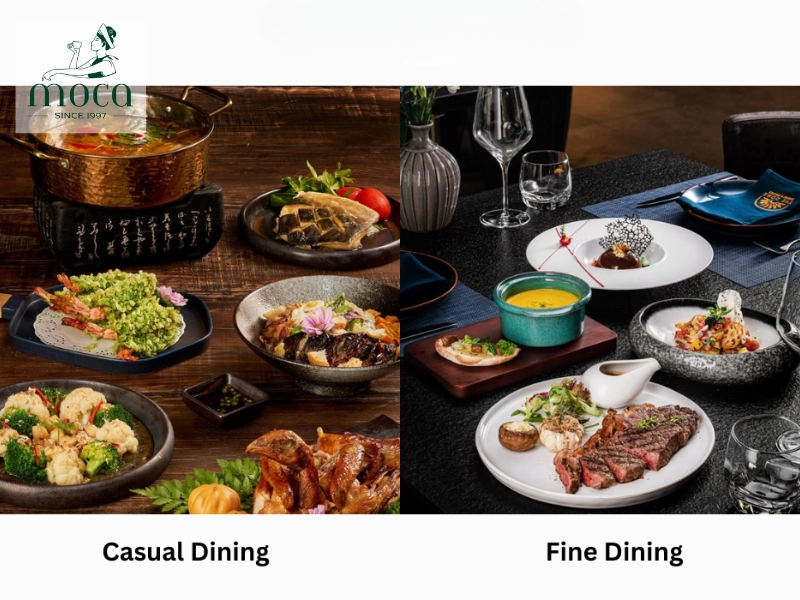
Two dining worlds, side by side: elegance and ritual on one side; warmth and familiarity on the other.
4. When to choose which: Matching the occasion to the experience
Choosing the right dining style
-
Choose fine dining for:
- Special occasions: Anniversaries, milestone birthdays, engagement dinners, and graduations.
- Important business meetings: Where a refined and discreet setting is paramount.
- Culinary exploration: For enthusiasts eager to experience innovation, artistry, and a true elevated culinary experience.
-
Choose casual dining for:
- Everyday meals: When you seek a quality meal without formality.
- Spontaneous plans: Ideal for last-minute lunches or relaxed dinners with friends.
- Family gatherings: A welcoming and family-friendly dining environment suitable for all ages.
Customer expectations by dining style
Guests instinctively adjust their expectations based on the dining experience they choose. In fine dining, they anticipate flawless service, an elegant ambiance, and meticulously crafted food. In casual dining, they expect fast, friendly service, a welcoming atmosphere, and a menu of delicious, reliable favorites.

Dining with purpose — choosing elegance for celebration and ease for connection.
5. The evolving landscape of dining
The lines between these categories are becoming more fluid, leading to exciting hybrid models.
- Fast-casual: This model blends the speed of fast food with the better ingredients and ambiance of casual dining. Think gourmet burger joints or artisanal pizza shops with counter service.
- Casual fine dining: This growing segment offers the refined cuisine and attentive service of fine dining but in a more relaxed, less formal setting, appealing to those who want culinary excellence without the associated pomp.
Furthermore, several key trends are driving culinary innovation across the industry, including a demand for authenticity and transparent sourcing, a focus on health and sustainable dining, and the rise of experiential dining concepts.
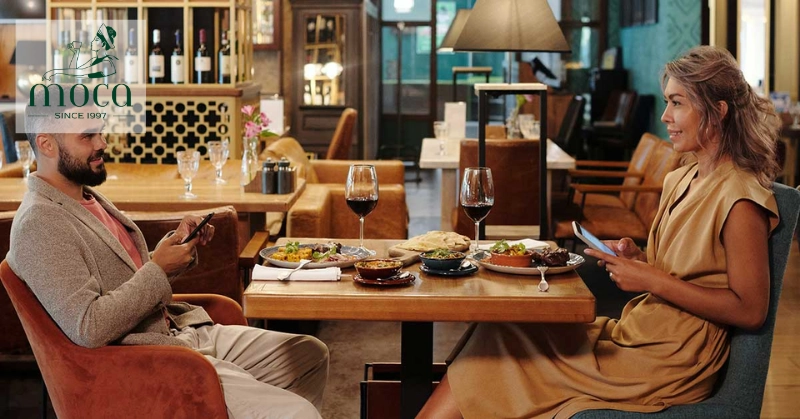
Blurring the boundaries — where fast meets fresh, refinement meets relaxation, and values shape the menu.
Learn more: Fine Dining Restaurant: Discover The Ultimate Culinary Experience
In summary, the core difference between fine dining and casual dining lies in their fundamental purpose. Fine dining is a destination for celebration and artistry, an immersive experience designed to be savored. Casual dining is a haven of comfort and connection, providing accessible and reliable satisfaction. Both offer unique and valuable experiences that cater to different needs, moods, and occasions. Whether you're seeking an unparalleled culinary journey or a comfortable, satisfying meal, Moca Dining invites you to explore our diverse offerings. Make a reservation today and discover your next memorable dining moment with us.







